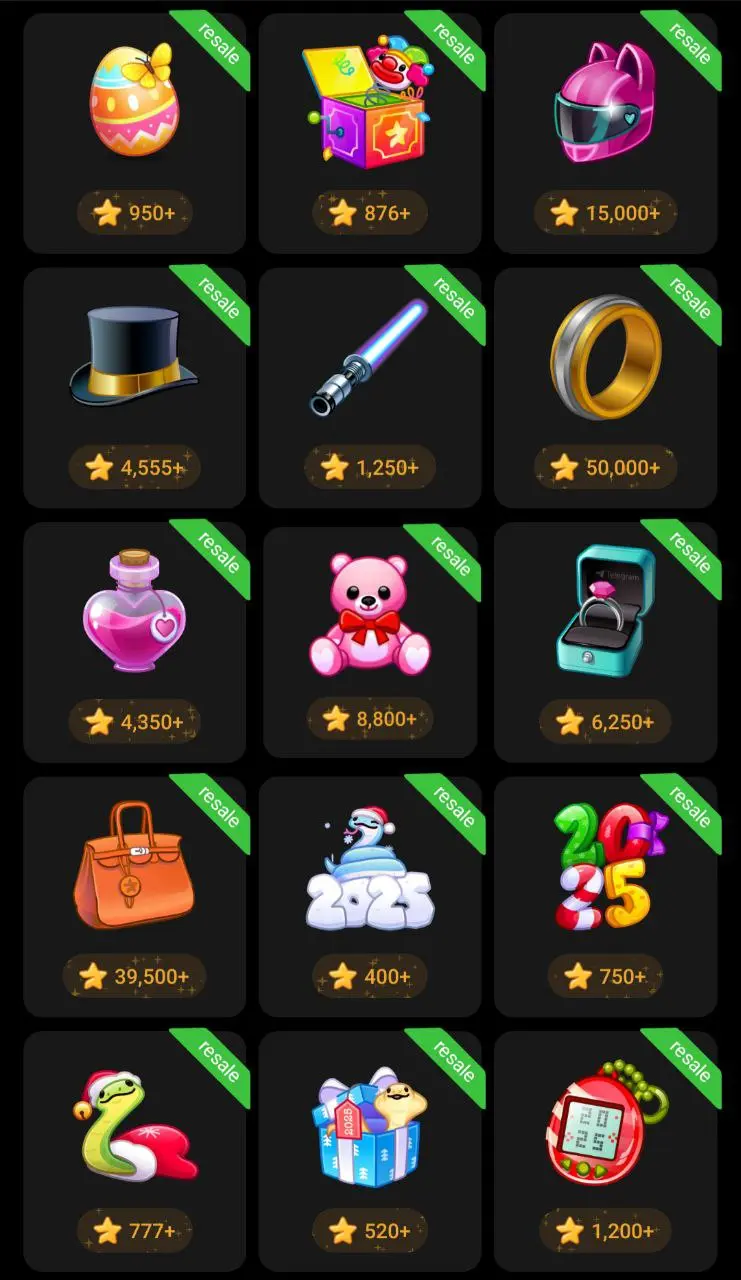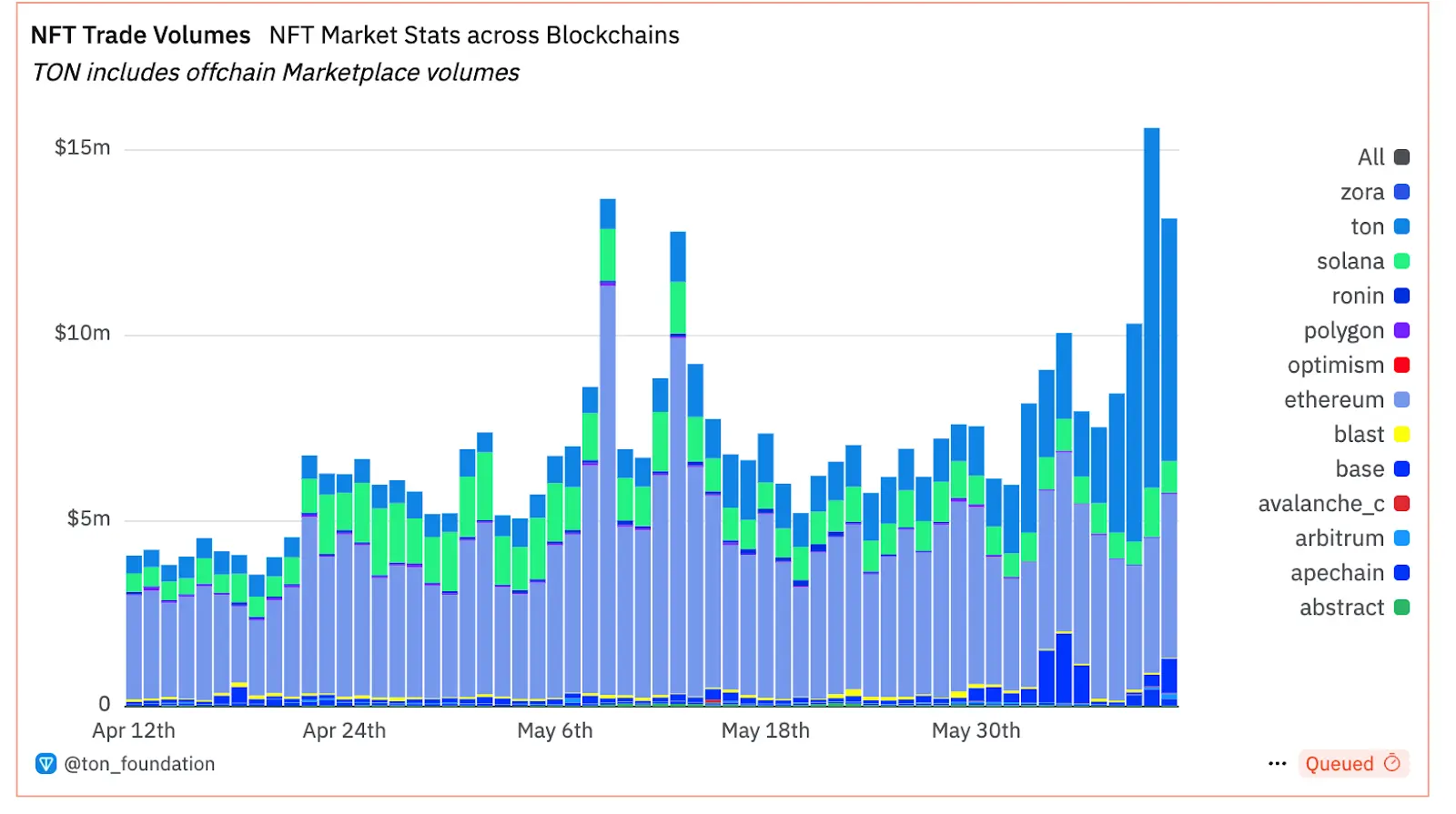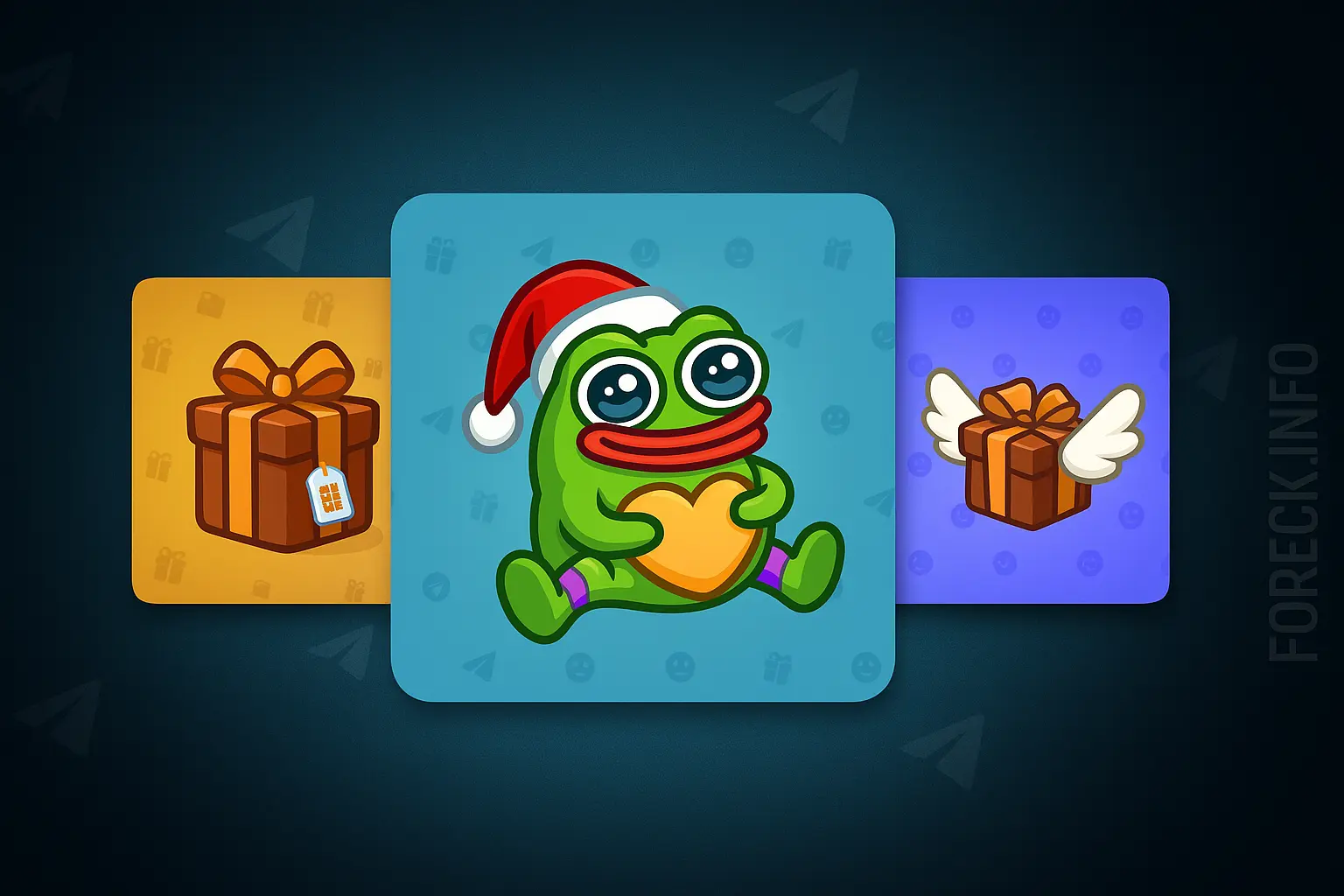Telegram has evolved well beyond its origins as a messaging platform. In 2025, the ecosystem is rapidly integrating Web3 tools and digital asset infrastructure, opening new monetization and engagement models for millions of users worldwide. Among the latest breakthroughs is the rapid rise of Telegram Gifts—animated digital collectibles that have transitioned from mere social gestures to highly sought-after assets within a thriving secondary market.
How Telegram Gifts Work and Why They Matter
Telegram Gifts are animated digital items sent between users directly within chats. Initially designed to add emotion and vibrancy to online conversation, the gift system has grown in complexity with Telegram’s TON blockchain integration. Now, gifts are bifurcated into two categories: standard and unique. While standard gifts remain widely accessible and serve entertainment or social functions, unique gifts are limited edition and customizable (through pattern, design, or background changes), driving up scarcity and speculative value.
 Rare Telegram gifts listed on official marketplace. Source: Telegram
Rare Telegram gifts listed on official marketplace. Source: TelegramThe native currency for purchasing and transferring gifts is Telegram Stars. Users can obtain Stars through in-app payments with fiat or by converting cryptocurrency via external platforms such as Fragment or Split. Acquired gifts can be pinned to user profiles, used as status symbols, or transferred between accounts. Critically, select unique gifts can be tokenized as NFTs on TON, creating a bridge between social engagement and blockchain asset ownership. Should a gift lose its relevance, Telegram allows for conversion back into Stars, ensuring liquidity and reducing sunk costs.
Key Milestones: From Emoticons to Blockchain Assets
The launch of the gift function on October 5, 2024, marked the start of Telegram’s digital collectible journey. The initial roll-out enabled users to browse and send animated images as gifts in chats. By January 1, 2025, functionality expanded: gifts could be upgraded, customized, and given rare attributes (unique backgrounds, icons, serial numbers, and more), sparking a wave of collectibility and secondary trading. This rapid adoption set the stage for the May 8, 2025 introduction of a dedicated Telegram marketplace, which facilitated search, acquisition, and listing of gifts through robust filtering tools (by model, color, or design elements).
What’s Driving the Gift Craze? Quantitative and Qualitative Analysis
Telegram’s surge in gift trading volume during May–June 2025 is a case study in viral Web3 adoption:
- The launch of the official marketplace eliminated friction, dramatically lowering the barriers for both new and existing users.
- The collectibles market proved highly lucrative: in June alone, cumulative Telegram gift trading volume exceeded $3.5 million, with some digital items appreciating by orders of magnitude and triggering intense FOMO cycles.
- Technical integration with TON made unique gifts convertible to NFTs, allowing for on-chain sales via Fragment. TON thus became the world’s second most active NFT network by trading volume, surpassing Solana and trailing only Ethereum.
 TON climbs to #2 for NFT trading volumes. Source: Dune.
TON climbs to #2 for NFT trading volumes. Source: Dune.From a financial-analytical standpoint, Telegram gifts have shifted from purely cosmetic features to speculative social assets. Their trajectory is reminiscent of the NFT booms of 2020–2022, with rare gifts now traded, auctioned, and displayed as digital status symbols.
Marketplaces and Trading: Where to Buy, Sell, and Monetize Telegram Gifts
The primary venue for buying or selling gifts is Telegram’s integrated marketplace, which supports transactions in Stars. To list a gift for sale, users simply navigate to their collection, set a price, and mark the item for sale—removal from the market is similarly frictionless. For unique gifts tokenized as NFTs, the preferred platform is Fragment, which requires wallet connection (e.g., Telegram Wallet, Tonkeeper, MyTon), KYC verification, and interaction via TON blockchain. Telegram also supports peer-to-peer trading via bots such as Tonnel, but cautions against unverified external deals due to high fraud risk.
Step-by-Step: How to Send a Telegram Gift
- Open a chat with the intended recipient.
- Tap their profile to access the action menu.
- Select “Send Gift.”
- Browse available gifts and pick one (optionally add a message or emoji).
- Confirm and send. Payment is made using Stars, and the gift is delivered as an animated item in chat. Optionally, the sender can hide their name from public view.
Strategic Takeaways and Outlook
Telegram Gifts have evolved into a fully-fledged digital economy, underpinning a dynamic secondary market for collectible social assets. Their functionality closely parallels NFTs and supports both speculative trading and everyday user experience. As Telegram continues to advance Web3 integration, it is highly likely that further innovations will emerge in the gift ecosystem—potentially expanding into loyalty programs, in-app financial products, and cross-platform trading. For businesses, influencers, and speculators, this presents a new monetization channel and a window into shifting user engagement in decentralized networks.
FAQs
- Is Stars the only way to send gifts? Yes, Stars are required and can be purchased via fiat or crypto.
- Where can I trade gifts? On Telegram’s marketplace, Fragment, or through the Tonnel bot—use caution with third-party trades.
- Can gifts be sent anonymously? Yes, sender anonymity is an option, visible only to the recipient.




